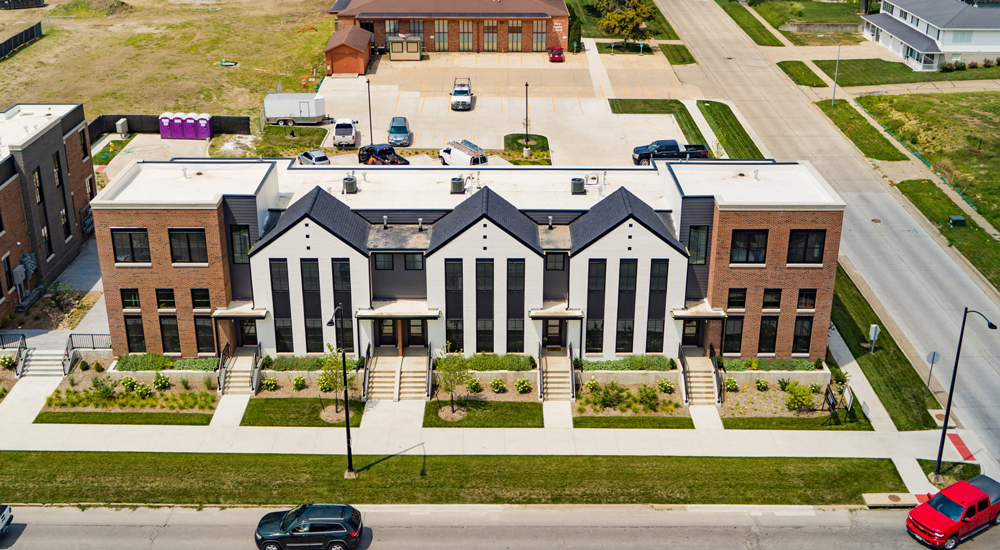When you have a business, you want to do everything you can to take care of it and set it—and yourself—up for success. One of the steps you can take is to get a warranty for your roof system. Here are different types and how to put them to work.
Types of commercial roofing warranties
As a building owner, when you get a warranty for your commercial roof, it will either come from the materials manufacturer or roofing contractor. This is an important distinction because, depending on who is providing the warranty, it could cover different things for different amounts of time. There can also be different types of warranties, depending on the manufacturer. Typically, your manufacturer will have information on their website about what is covered by specific warranties. Here is a glimpse:
- Manufacturer’s material warranty. Issued by the manufacturer, this type of warranty covers defects or failures of the roofing materials. It does not cover incorrect installation. Warranties of this type typically range from 10 to 30 years.
- Manufacturer’s system warranty. Materials—and usually workmanship errors—are covered by this type of warranty. Excluded from coverage are leaks from nonmanufacturer products like flashings, coping, edge metal, etc. Warranties of this type typically range from 10 to 30 years and the contractor is excused from liability after two years.
- Manufacturer’s NDL (no dollar limit) warranty. A step up from a system warranty, a full system warranty with no dollar limit covers defective products regardless of the cost to replace them. This type of warranty provides coverage for up to 35 years, depending on your roof system.
- Contractor’s workmanship guarantee. Issued by the contractor installing the roof, this warranty covers material and labor defects. The installer will correct or replace problems related to faulty workmanship or defective products they supplied. Coverage typically ranges from one to five years.
How to use your commercial roof warranty
If you notice any damage, such as a leak, document the damage right away by taking a picture. Then, contact the manufacturer immediately. Look at your warranty for a phone number or go to the manufacturer’s website where you should be able to find a phone number or a form to fill out.
Once you have contacted the manufacturer, the warranty department will dispatch a roofing contractor to meet with you and assess the damage. If the claim is filed within two years of the roof being installed, the warranty department will request the same contractor who did the roof to do the repairs. After two years, the repairs may be done by a different contractor.
The roofing contractor will make repairs following the manufacturer’s specifications.
2 ways to keep your warranty intact
1. Make sure your roof is well-maintained. Not only will this help your roof’s lifespan, but it will keep your warranty intact. It is recommended to have at least one roof inspection every year.
2. Avoid these issues that could void your warranty:
- Unauthorized roof changes or modifications. Repairs or additions must follow the manufacturer’s specifications. A contractor who is certified by the manufacturer must do the modifications or any needed services. Then they must submit the changes to the manufacturer to ensure the warranty is updated.
- Neglect by the property owner. Problems that are caused by lack of maintenance will likely not be covered and could void the warranty.
- Winds that are stronger than those covered by the warranty. The standard is 55 miles per hour, but certain roof systems go up to 90 miles per hour.
- Foot traffic that causes holes. Some walking on the roof is okay, but too much foot traffic could cause holes and punctures. If you do go on your roof, try to stay on the walk pads.
Need roofing help?
Hopkins has been in the roofing business since 1959, completing more than 15 million square feet of roofing. If you have a question, we likely have an answer. Call us today.



